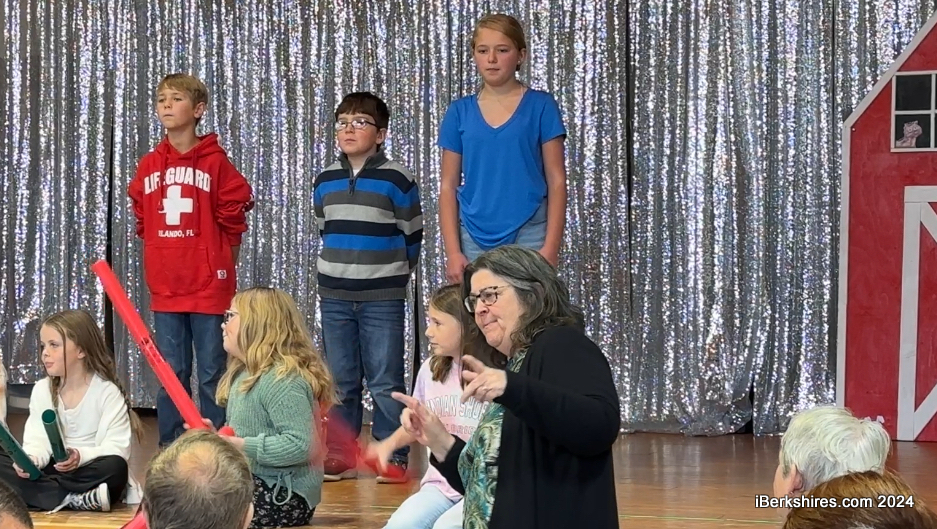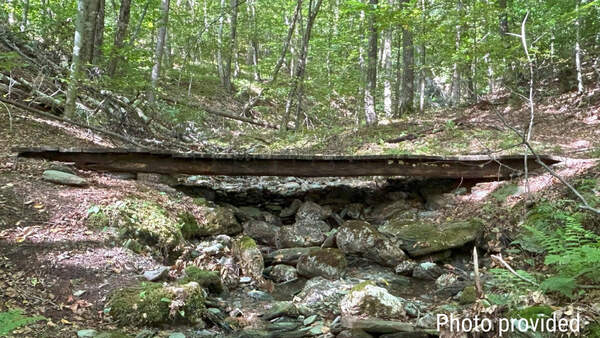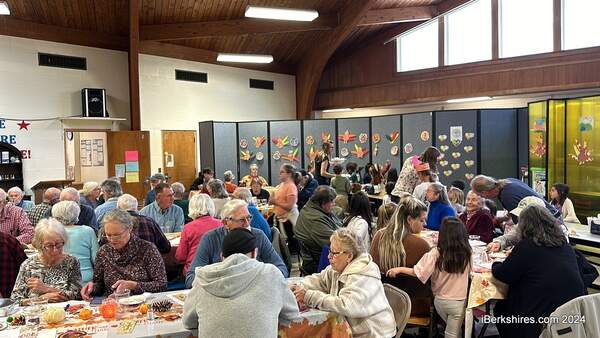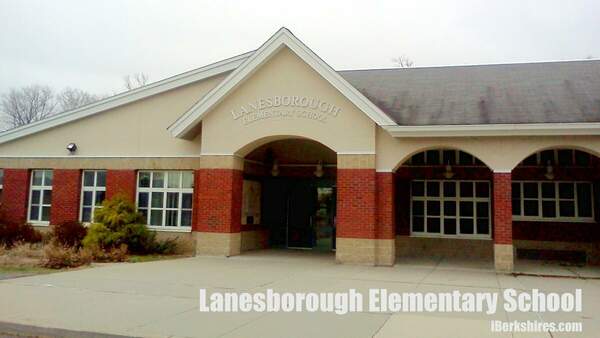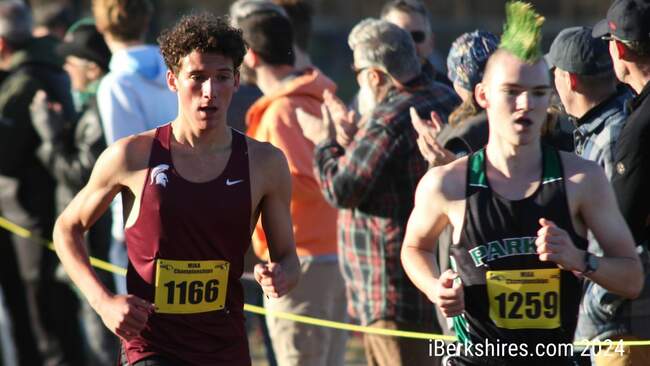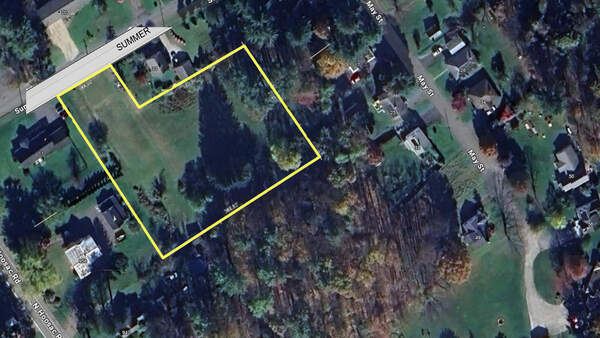Williams Grads Present Art History at the Leading Edge
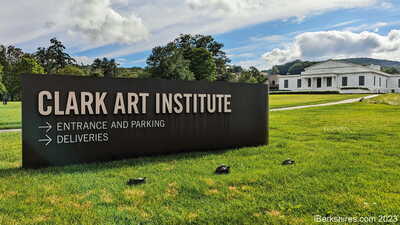 |
WILLIAMSTOWN, Mass. On Friday, May 31, 2024, from 9 a.m. to 6 p.m., the Williams College Graduate Program in the History of Art will host public presentations at the Clark Art Institute's Manton Research Center by the Program's graduating Masters students.
The presentations, timed in conjunction with Williams' 2024 Commencement weekend, will address a variety of topics in the history of art, including the gendering of seventeenth-century sculpture, late eighteenth-century abolitionism in painting, nineteenth-century electrotypes and imperial power, early cinema and death, cultural anthropology and cybernetics at the Museum of Modern Art in the 1940s, Andy Warhol’s computer art during the early years of the AIDS crisis, and contemporary photography and race. All presentations are free and open to the public.
Presentations will be approximately twenty minutes each, in groups of three or four, with discussion following each group of presentations. Presenters include:
Duomi Chen [Shenzhen, China]
Jessica Chen [Sunnyvale, CA]
Ella Comberg [Philadelphia, PA]
Eva Dailey [Pownal, VT]
Jordan David [Twinsburg, OH]
Eliza Dermott [Middletown, DE]
Joanna García Cherán (Purépecha) [San Diego, CA]
Evan Garza [Houston, TX]
Nicholas Liou [Sunnyvale, CA]
Ricardo Mercado [Dallas, TX]
María Minuesa Sicilia [Madrid, Spain]
Alexandra Nicome [Minneapolis, MN]
Destini Ross [Indianapolis, IN]
Nathan Swift Sorscher [Birmingham, AL]
At 4:30 p.m. on Saturday, June 1, the public is also invited to attend the Program's annual hooding ceremony, honoring the students' accomplishments.
The symposium and hooding ceremony will both take place in the auditorium at the Clark Art Institute's Manton Research Center, 225 South St., Williamstown, MA.
The Graduate Program in the History of Art, operated jointly by Williams and the Clark, is one of the most respected programs in its field. Alumni have gone on to become influential scholars and leaders of renowned museums and arts institutions, among other organizations. Visit http://gradart.williams.edu/ for more information.

